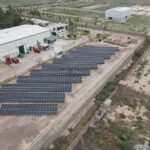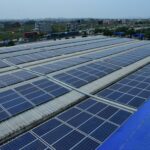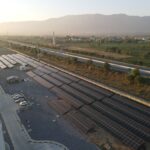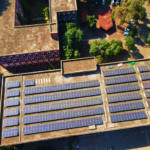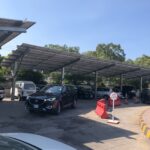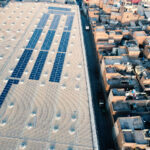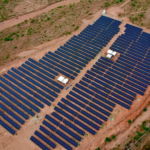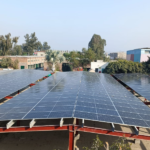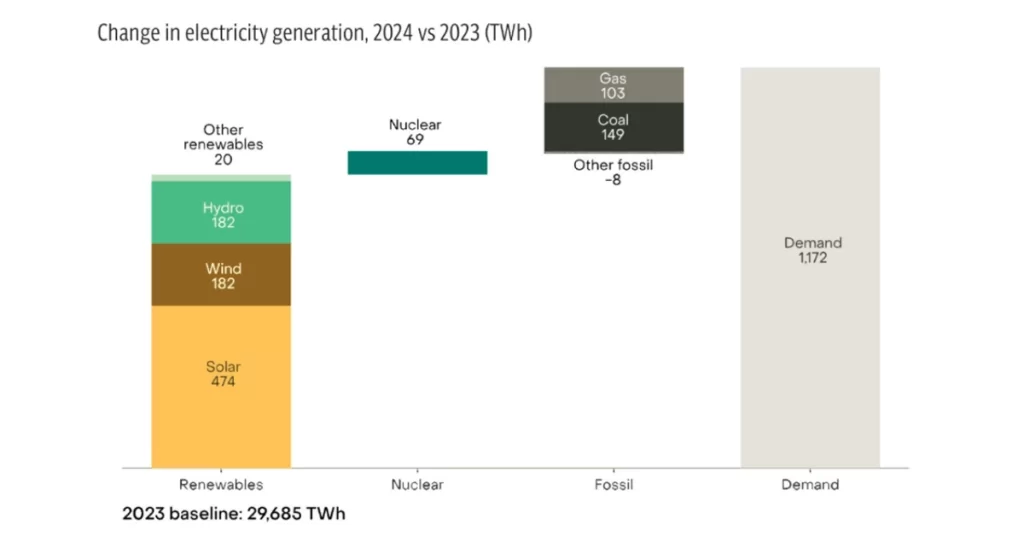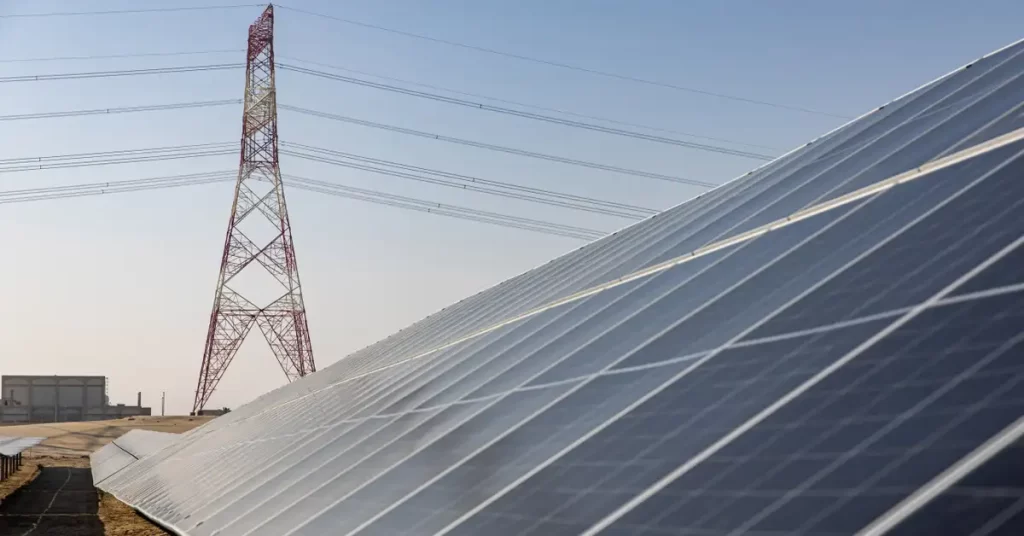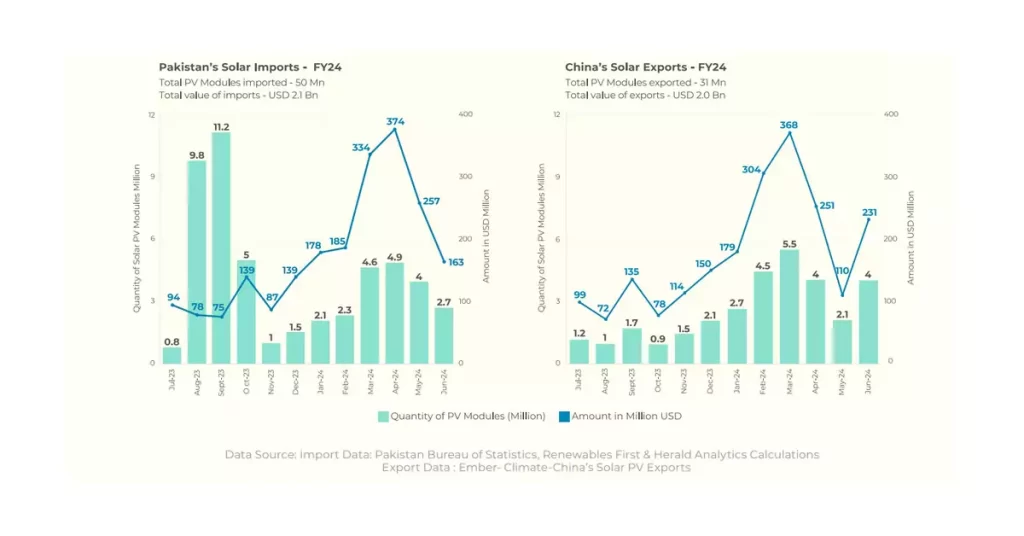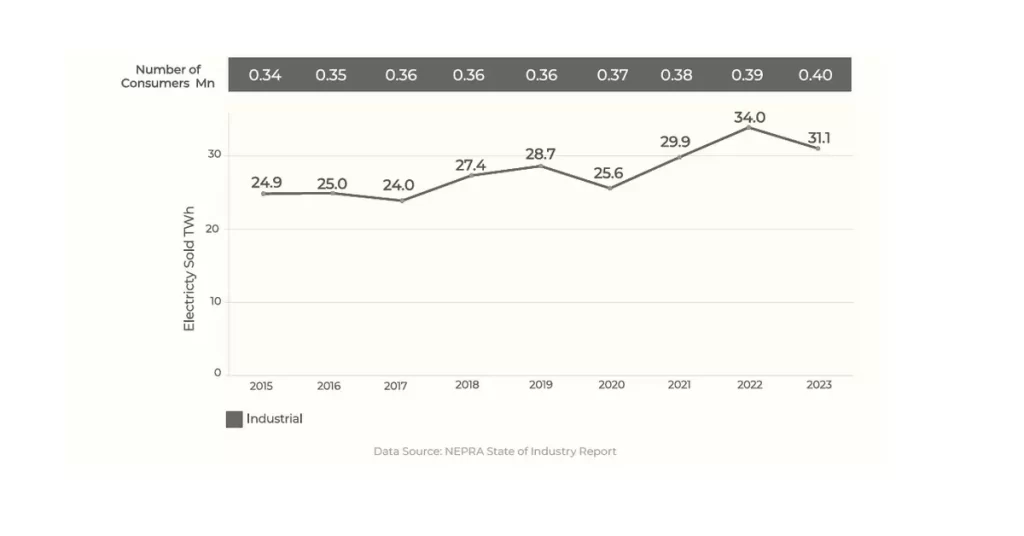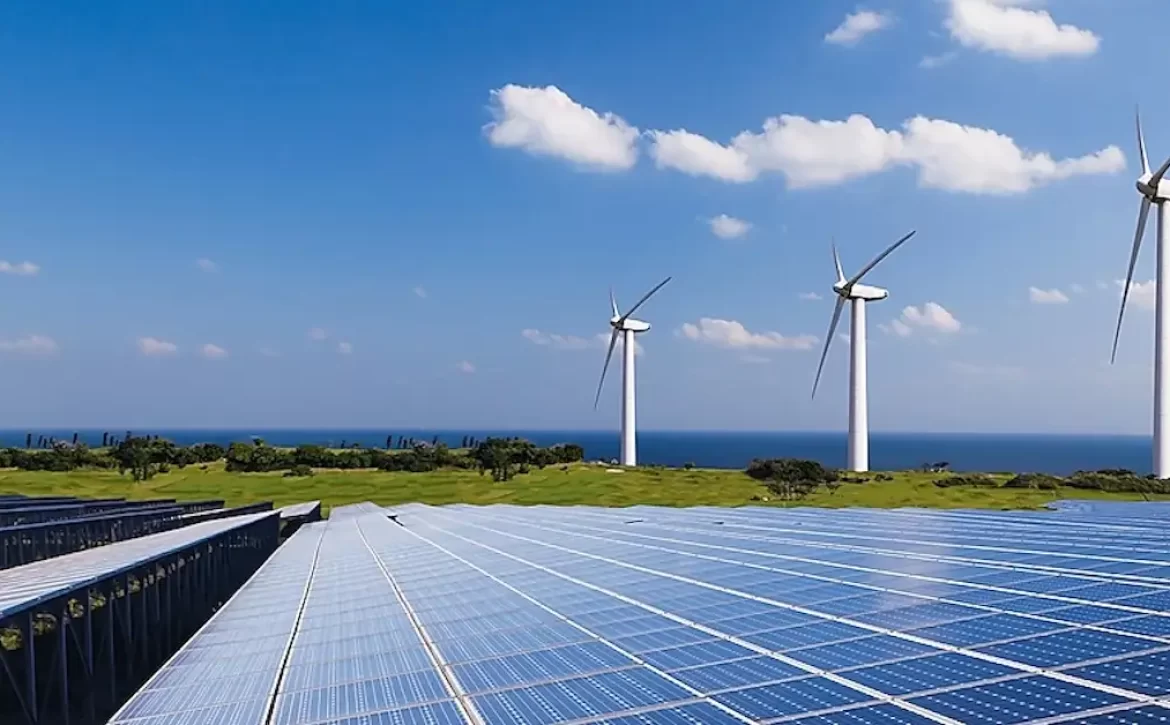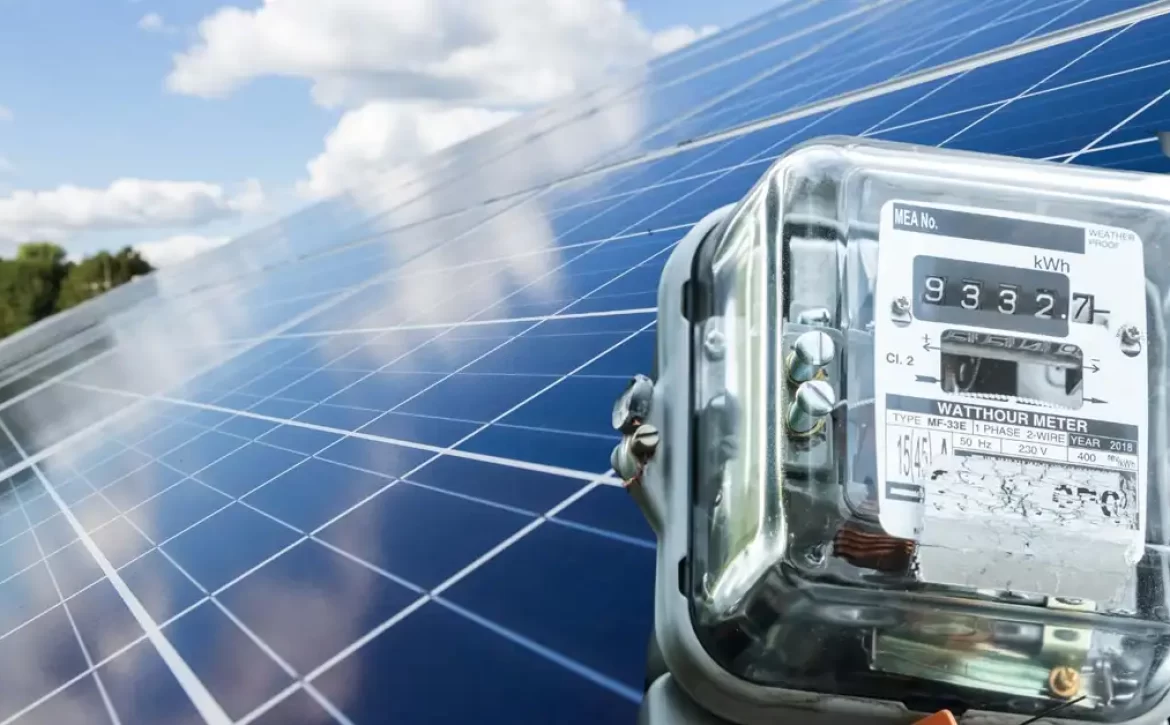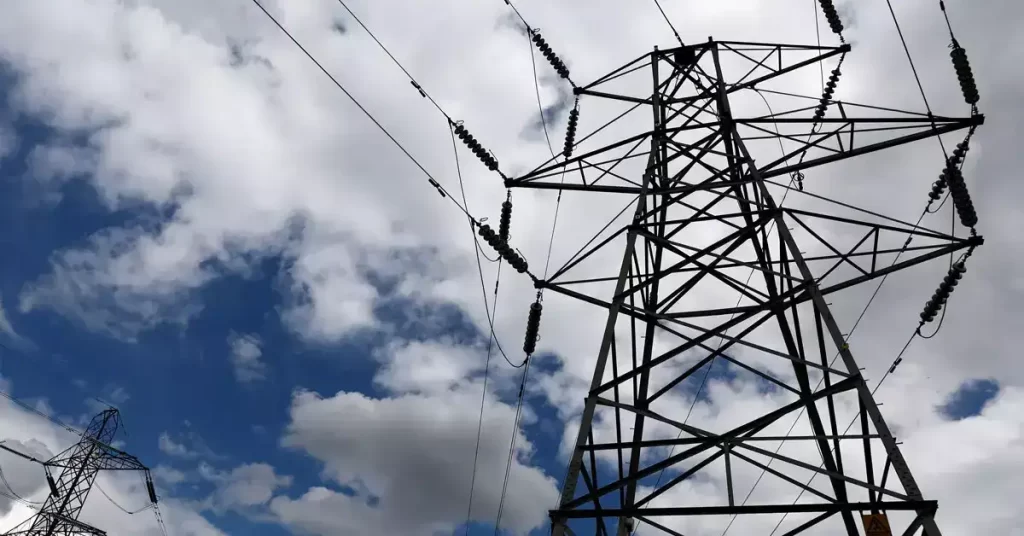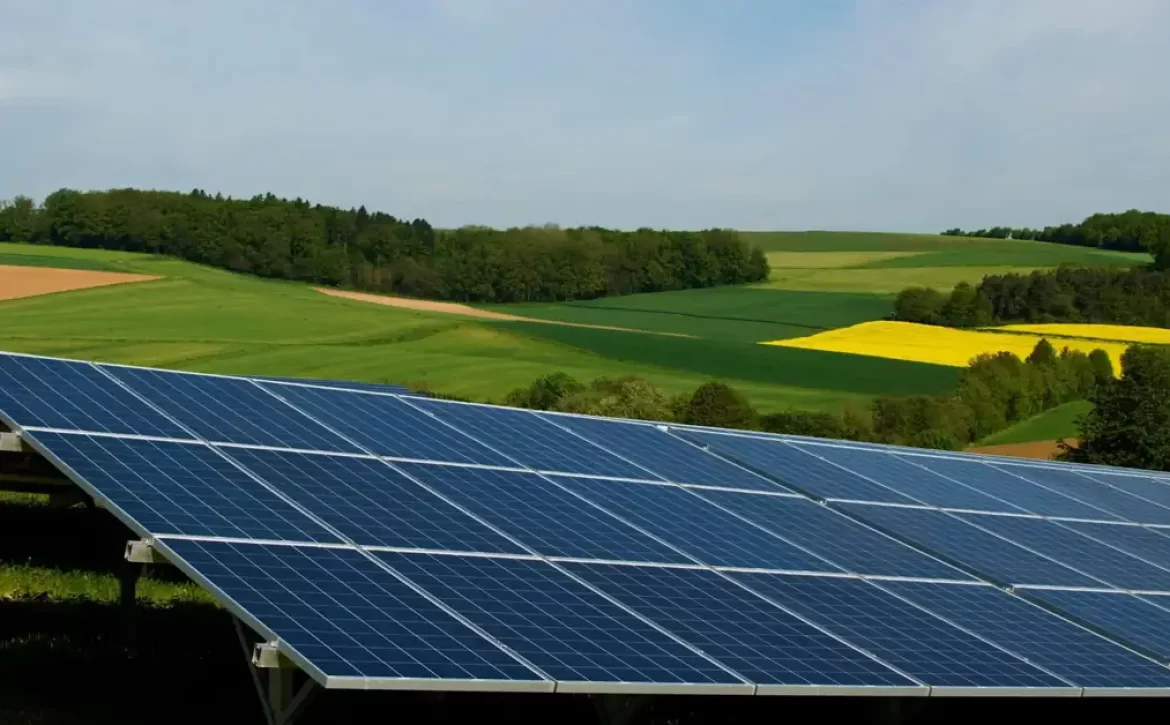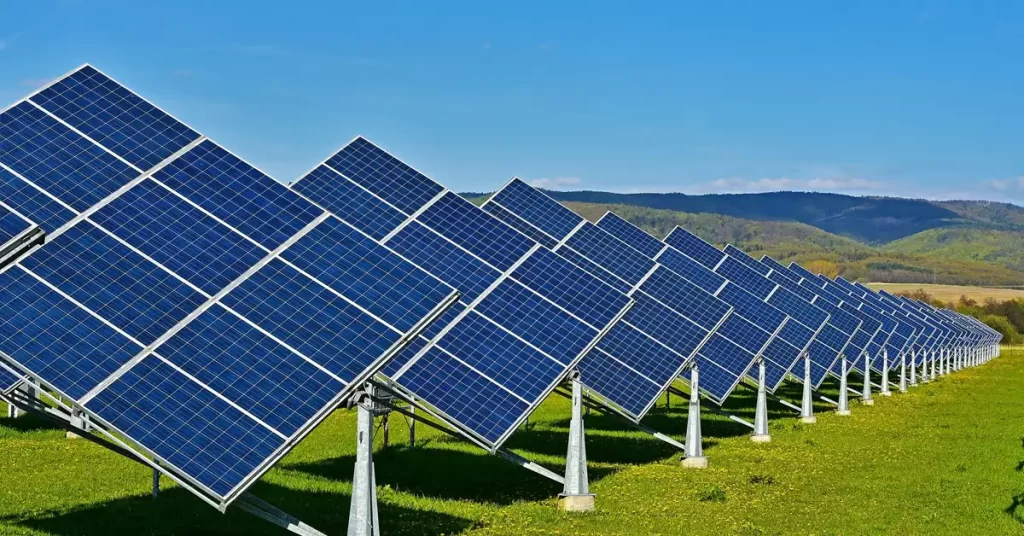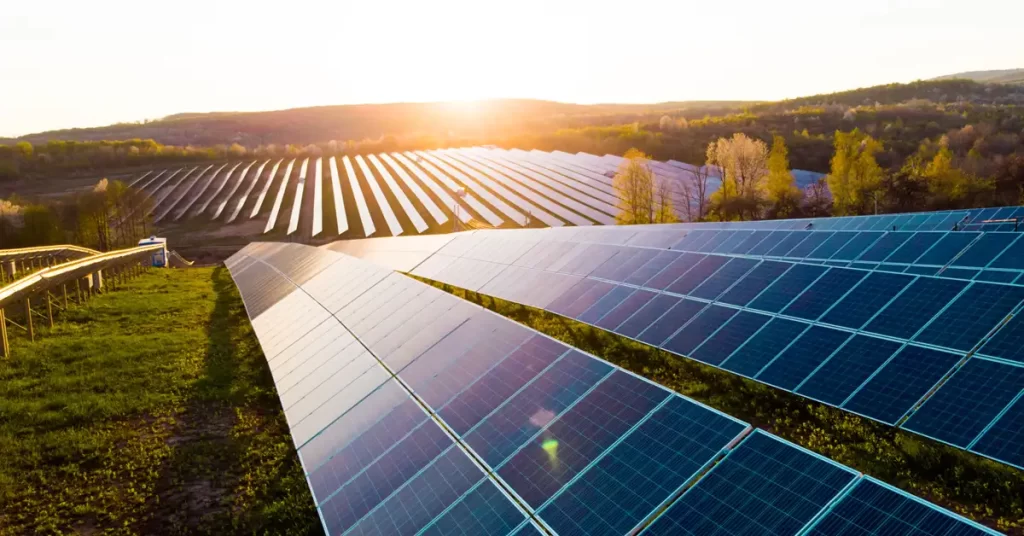Pakistan’s Rapid Rise in Solar Energy: A Global Success Story
Pakistan’s energy landscape is changing dramatically, and it is now leading the world in the use of solar energy. This change is the result of a confluence of grassroots efforts, technological accessibility, and economic necessity.
An Increase in Imports of Solar
Pakistan became the world’s top importer of solar panels in 2024, bringing in almost 17 gigawatts of solar panels, more than twice as much as the year before. The availability of reasonably priced Chinese solar modules and a notable increase in electricity rates, which rose by 155% over three years, are to blame for this spike, which prompted businesses to look for alternate energy sources.
Movements at the Grassroots Level and Decentralized Adoption
Pakistan’s solar boom is mostly a grassroots initiative, in contrast to many other countries where the government is driving the spread of renewable energy. Rural communities, small businesses, and homeowners are building rooftop solar systems on their own, frequently without government assistance. With numerous installations running off the grid, net-metered solar capacity reached 4.9 gigawatts by March 2025, indicating that actual capacity may be substantially higher.
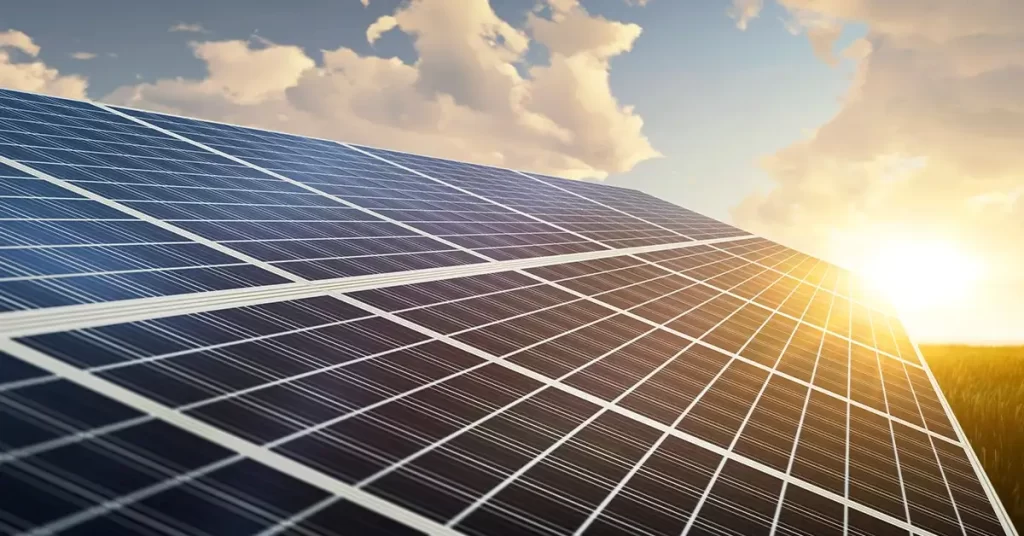
Challenges
The solar revolution has brought attention to social gaps despite its quick adoption. Reduced energy prices and freedom from the unstable grid are benefiting wealthy homes and companies. Conversely, urban and middle-class apartment residents are unable to receive solar energy due to structural limitations, expensive upfront expenses, and a lack of available space.
Solutions
Targeted policy and financial support systems are crucial to ensuring inclusive solar adoption and bridging the socioeconomic divide. To encourage middle-class and urban residents to invest in rooftop solar systems, the government can offer subsidized loans, tax breaks, and microfinance possibilities. Furthermore, encouraging building owners to develop shared solar infrastructure and supporting community solar projects can facilitate apartment tenants’ access to sustainable energy.

Future Prospects
Pakistan intends to broaden its portfolio of renewable energy sources in the future. In an effort to establish the nation as a participant in the developing green hydrogen market, the government has launched a 400 megawatt green hydrogen project that will be fueled by solar and wind energy.
Furthermore, the World Bank has pledged $20 billion over a ten-year period to assist Pakistan’s social, educational, and renewable energy projects, demonstrating global confidence in the nation’s path toward sustainable development.
Conclusion
Other developing countries can learn a lot from Pakistan’s explosive growth in solar energy adoption. The nation’s experience demonstrates how decentralized, market-driven renewable energy solutions may be used to solve environmental issues and energy shortages. However, it is crucial to put in place inclusive policies that address socioeconomic disparities and successfully integrate renewable energy into the national grid in order to guarantee fair access and sustained growth.



